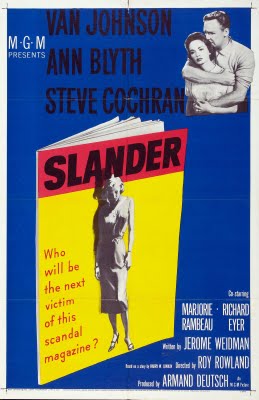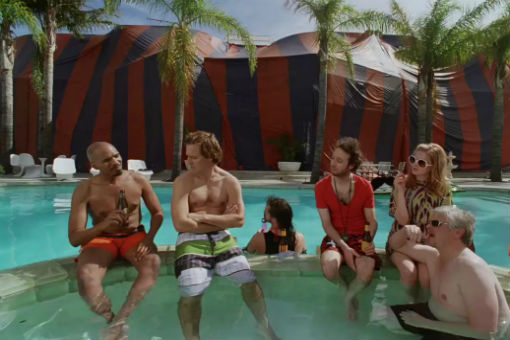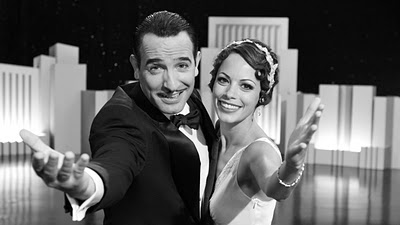Anime comes in many varying degrees of flavor, so to speak. On one extreme are some of the more dramatic and serious offerings such as Grave of the Fireflies and original films from Miyazaki and others from Studio Ghibli. On the other side of the equation would be what some would call disposable entertainment which could range from fantasy, horror, mecha to the ever-popular mahou shoujo (aka Magical Girl) anime.
Somewhere in-between these two extremes is where some surprising anime series and films tend to pop out of nowhere to become fan-favorites in the industry. One such series is the underrated “slice-of-life” anime simply called Nichijō. The title has a literal translation of “Regular Life” and the show takes that concept of the regular lives of high school girls and adds a dose of the irreverent and the ridiculous to help highlight some of the life lessons that actually resonate beneath the show’s more over-the-top trappings.
That reason alone should be why this is one anime that people should really be watching.
Yet, the show brings more to the table than just funny and entertaining little stories. The main characters of the show are also well-written and go beyond the usual one-dimensional stereotypes of most anime. We have Aioi Yuko who one would consider as the lead girl of the show. One would think that she would be the so-called “straight man” in a show full of eccentric characters, but she herself brings her own quirks to the proceedings. These character quirks comes out more clearly when she deals with her friend Mio who, at first, comes off as the otaku of the show, but actually seems more like your typical high school girl with a talent for art. Though her obsession at drawing yaoi and trying to keep it secret makes for some of the more hilarious scenes on the show.
Even the more over-the-top characters on the show come off as more fully developed than some of the live-action “high school” shows in the west. There’s Hakase, the 8-year old genius girl who happens to have Nano, a life-life android she herself created, taking care of her and acting more like her mother than as an automaton. This pairing makes for my favorite on the show which also includes their back cat Mr. Sakamoto who also happens to talk due to the red scarf that acts like a translator that Hakase invented.
The series ended after 26-episodes and no more were ordered afterwards due to some very low sales of the subsequent video. It’s a shame since the series has since gained quite the following. Nichijō is a series that’s been able to combine the more serious and well-meaning life-lesson storytelling of your typical high school shows with the manic and ridiculous nature that some anime tend to have to help visualize particular reactions and emotions (in reality this show makes over-the-top seem like a tame description). The show has so many classic scenes that watching it becomes almost an exercise in abstract comedy.
So, if you ever come across an anime called Nichijō I recommend you check it out. You won’t be disappointed. Below is just one such scene where a normal, everyday event turns into the surreal.












